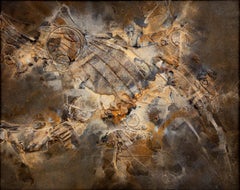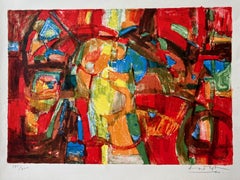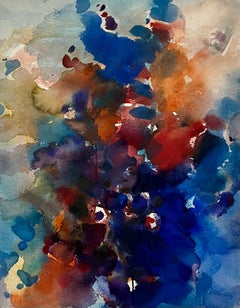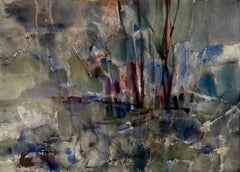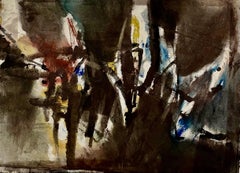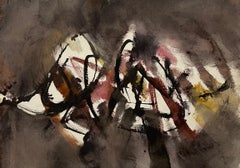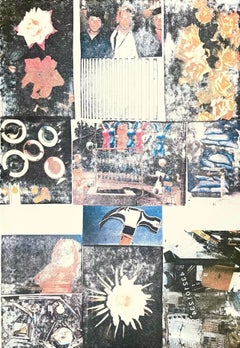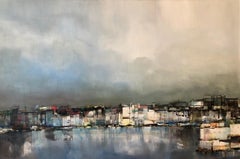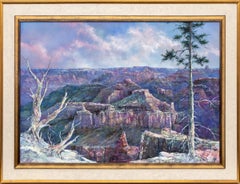Pawel Kontny Art
1960s Abstract Expressionist Pawel Kontny Art
Marble
Mid-20th Century Realist Pawel Kontny Art
Lithograph
20th Century Abstract Expressionist Pawel Kontny Art
Watercolor, Archival Paper
20th Century American Modern Pawel Kontny Art
Watercolor, Archival Paper
20th Century American Modern Pawel Kontny Art
Watercolor, Archival Paper
Mid-20th Century American Modern Pawel Kontny Art
Watercolor, Archival Paper
Mid-20th Century Abstract Expressionist Pawel Kontny Art
Watercolor, Archival Paper
20th Century Abstract Expressionist Pawel Kontny Art
Watercolor, Archival Paper
20th Century American Modern Pawel Kontny Art
Watercolor, Archival Paper
20th Century American Modern Pawel Kontny Art
Canvas, Oil
20th Century American Modern Pawel Kontny Art
Watercolor, Archival Paper
Mid-20th Century American Modern Pawel Kontny Art
Watercolor
1960s Abstract Pawel Kontny Art
Marble
1960s Abstract Pawel Kontny Art
Marble
2010s Abstract Expressionist Pawel Kontny Art
Gold Leaf
1990s Pop Art Pawel Kontny Art
Lithograph
2010s Abstract Expressionist Pawel Kontny Art
Gold Leaf
2010s Abstract Expressionist Pawel Kontny Art
Gesso, Canvas, Oil, Acrylic, Wood Panel
American Modern Pawel Kontny Art
Paper, Watercolor
Early 2000s Abstract Expressionist Pawel Kontny Art
Paper, Watercolor
2010s Abstract Expressionist Pawel Kontny Art
Gold Leaf
1930s American Modern Pawel Kontny Art
Paper, Gouache, Pencil
2010s Abstract Expressionist Pawel Kontny Art
Gesso, Cotton Canvas, Oil, Acrylic
1940s American Modern Pawel Kontny Art
Paper, Gouache
2010s Abstract Expressionist Pawel Kontny Art
Gesso, Canvas, Oil, Acrylic, Wood Panel
2010s Op Art Pawel Kontny Art
Lithograph, Rag Paper
20th Century American Modern Pawel Kontny Art
Canvas, Oil
1980s American Impressionist Pawel Kontny Art
Gesso, Mixed Media, Oil
20th Century American Modern Pawel Kontny Art
Watercolor, Archival Paper
20th Century American Modern Pawel Kontny Art
Watercolor, Archival Paper
20th Century Abstract Expressionist Pawel Kontny Art
Watercolor, Archival Paper
20th Century Abstract Expressionist Pawel Kontny Art
Watercolor, Archival Paper
20th Century American Modern Pawel Kontny Art
Watercolor, Archival Paper
Mid-20th Century American Modern Pawel Kontny Art
Watercolor, Archival Paper
Mid-20th Century Abstract Expressionist Pawel Kontny Art
Watercolor, Archival Paper
20th Century American Modern Pawel Kontny Art
Watercolor, Archival Paper
20th Century American Modern Pawel Kontny Art
Canvas, Oil
Mid-20th Century German Pawel Kontny Art
Canvas
